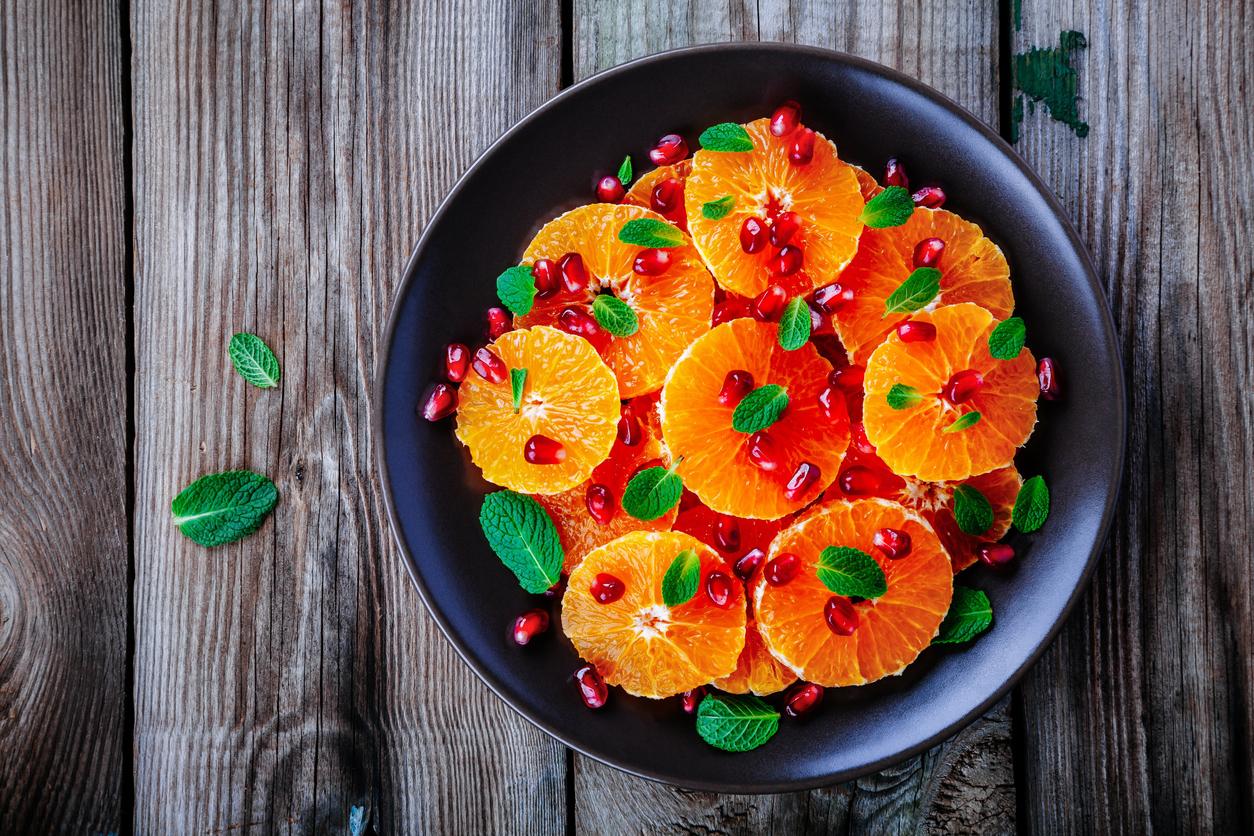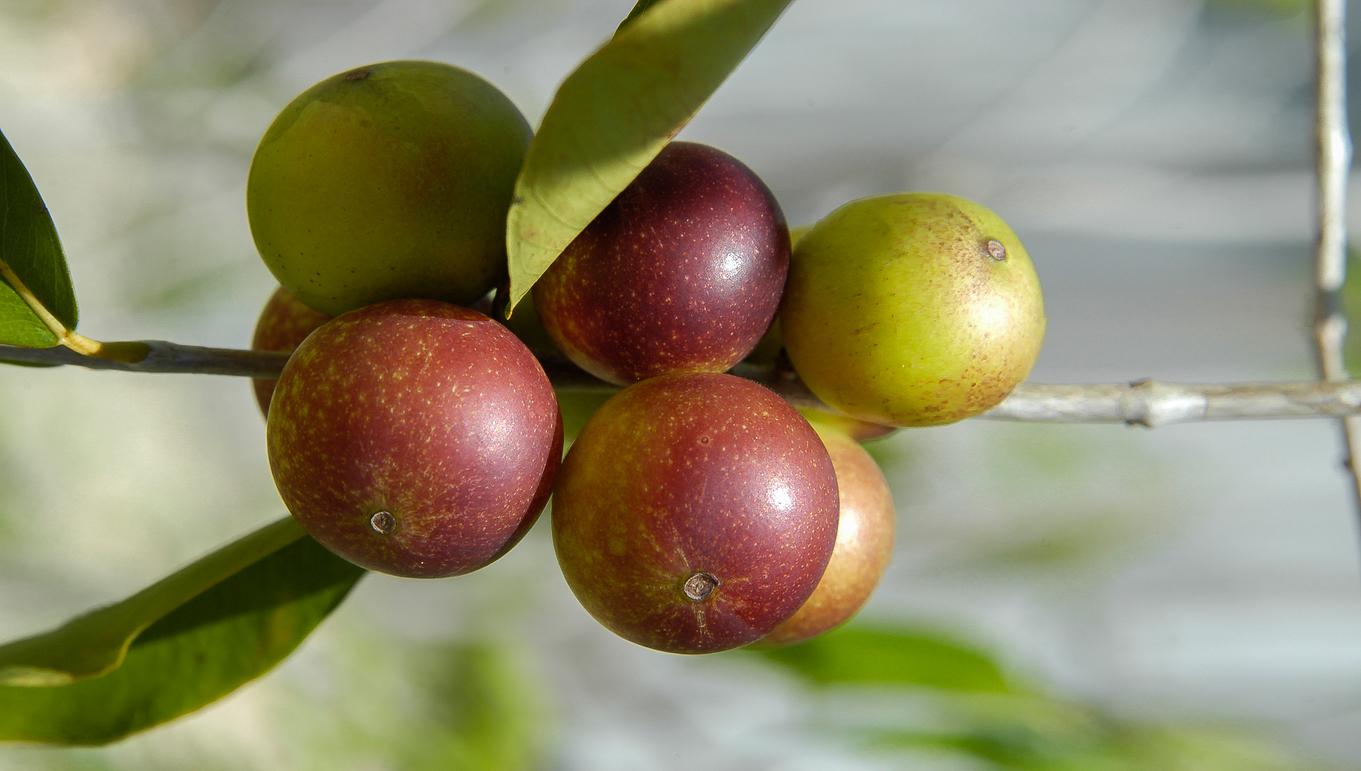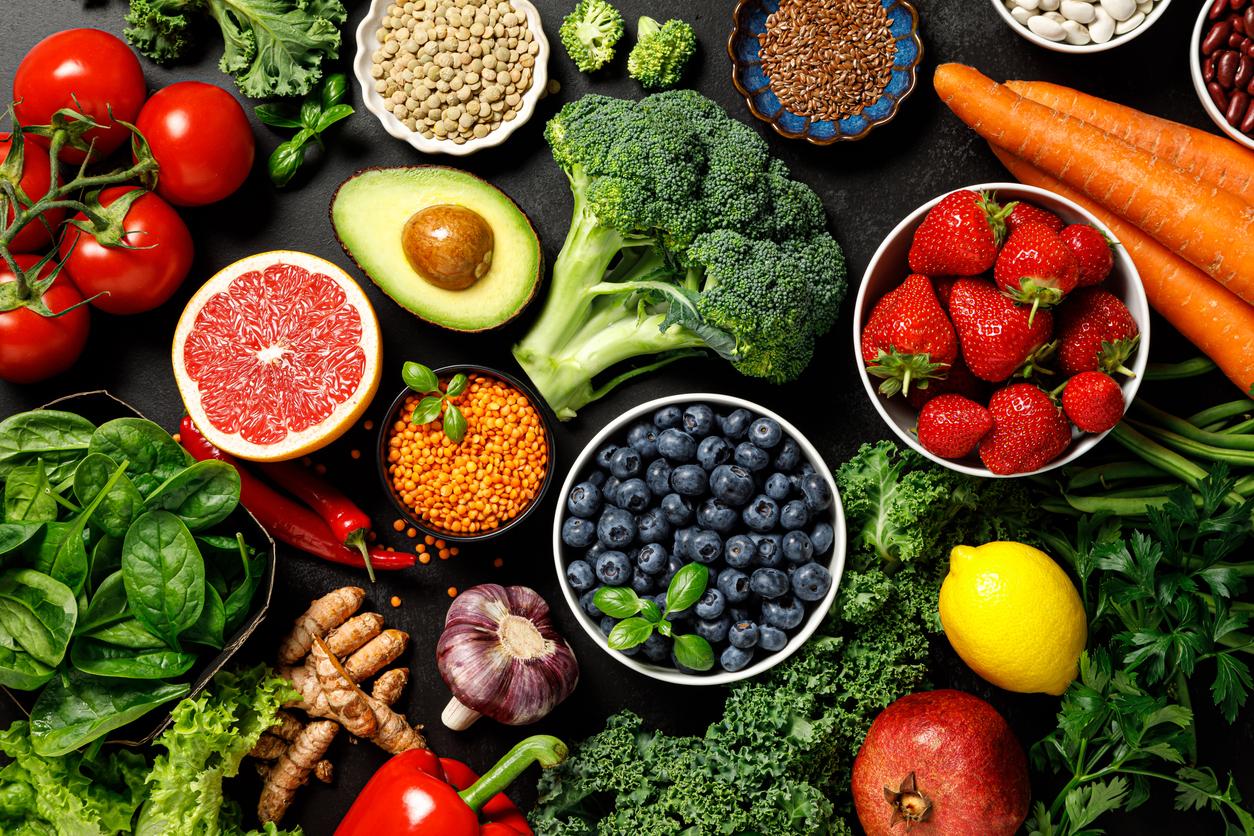
Good for muscles, intestines and resistance
Passion fruit is widely used in desserts. But scooping it out is also nice. The fruit is, among other things, good to regulate the stool.
What is it?
Passion fruits are the fruits of the passion flower, also called passion flower, a climbing plant that originates from South America. They are imported from Kenya, Brazil, Venezuela, Zimbabwe and Ivory Coast. Passion fruits have an inedible, leathery skin. The soft, yellow flesh is gelatinous and contains small, edible seeds. The taste is fresh sweet and aromatic. The yellow passion fruit is also called maracuja.
What’s in it?
Passion fruits, like carrots, contain a lot of beta-carotene; almost ten times as much as the average in fruit. Beta-carotene can be converted in the body into vitamin A, which is necessary for the skin, eyes and resistance. Beta-carotene itself is an antioxidant, which protects the skin against the harmful effects of sunlight. Compared to fruit, passion fruit also contains about twice as much fiber, three times as much magnesium and six times as much iron and zinc. Fiber is good for the intestines and bowel movements. The minerals magnesium, iron and zinc are necessary for muscles, blood and resistance.
What should you pay attention to when buying passion fruit?
Choose fruits whose skin is a little wrinkly. They are not yet fully ripe.
How do you store passion fruit?
They ripen at room temperature. In fact, the uglier they look, the tastier they are. When the skin is completely wrinkled, they are only fully ripe. Then you have to eat them quickly, otherwise they will dry out.
How do you eat them?
Cut the passion fruit in half and scoop out the flesh with edible seeds. The seeds are also delicious in a salad or as a garnish, for example on ice.
Sources):
- Plus Magazine

















